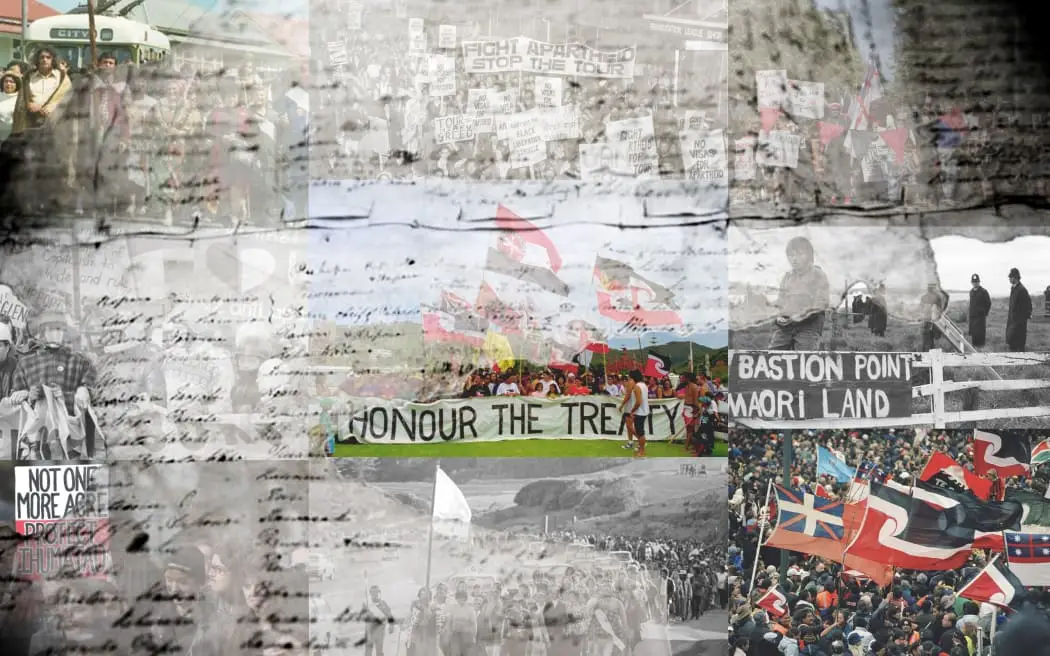A Benchmark for Treaty Relations: Comparing Australia, the US, and New Zealand
The quest for treaty relations between indigenous peoples and their governments is ongoing worldwide. While some countries have made significant progress, others are still grappling with the complexities of nation-building and reconciliation. In this article, we will compare the experiences of Australia, the United States, and New Zealand in their efforts to establish meaningful treaty relationships.
**Australia: A Mournful ‘No’**
In 2023, Australian voters rejected a proposed constitutional amendment that would have ensured the indigenous voice was heard in parliament. The “yes, or no” tick box allowed citizens to decide on the Voice campaign, which aimed to address historical injustices and promote greater representation for Aboriginal and Torres Strait Islander peoples. Despite the outcome, there is still hope for reconciliation.
In Australia’s history of treaty discussions, 2017’s Uluru settlement stands out as a significant milestone. The Uluru Statement reads at the bottom: “In 1967 we were counted, in 2017 we seek to be heard.” While not a treaty per se, it represents a critical step towards acknowledging indigenous rights and promoting greater inclusivity.
**United States: A Mixed Record**
The United States has a long history of treaty-making with Native American tribes. However, the country stopped treaty-making in 1871, instead relying on trust obligations to manage tribal lands and resources. This shift led to significant disparities in healthcare, education, housing, and economic opportunities for indigenous communities.
Despite these challenges, many US tribes have made strides in recent years. The Penobscot Nation in Maine, for example, has invested heavily in providing basic services such as running water, electricity, and voting rights to its members. Today, the tribe has a thriving economy, with its own judicial branch, legislative branch, law enforcement agency, and healthcare system.
Chief Kirk Francis of the Penobscot Nation highlighted the significant progress made by his tribe: “We didn’t have running water or electricity up until the late 1970s. We couldn’t even vote in our own state up until 1969, 1970.” While there is still much work to be done, Francis noted that the change has only happened within the past 45 years.
**New Zealand: A Treaty Still Unfulfilled**
In New Zealand, the relationship between the government and indigenous Māori peoples is complex. The country’s treaty, signed in 1840, was never fully honored, leaving a legacy of ongoing disparities in healthcare, education, housing, and economic opportunities.
Green Party MP Huhana Matthews emphasized the significance of addressing these historical injustices: “Fundamentally, our treaty has yet to be fully honoured.” She noted that the treaty rights of Indigenous Canadian tribes are constitutionally protected, which serves as a benchmark for New Zealand’s own treaty relationship.
The US experience with Native American treaties provides a valuable lesson for New Zealand. Matthews observed, “There are comparisons to be made, but we’re not ready for such a drastic change.”
**A Benchmark for Success**
While each country faces unique challenges, there are lessons to be learned from their experiences. The United States’ trust obligations and the Penobscot Nation’s remarkable progress offer hope for reconciliation. Australia’s Uluru settlement demonstrates that even in the face of rejection, there is still a desire for meaningful change.
New Zealand’s ongoing struggle to fulfill its treaty obligations serves as a reminder of the importance of acknowledging historical injustices and promoting greater representation for indigenous peoples. As the country continues on its journey towards reconciliation, it would do well to draw inspiration from Australia’s efforts to establish a Voice in parliament.
In conclusion, the quest for treaty relations between indigenous peoples and their governments is an ongoing one. While each country faces unique challenges, there are valuable lessons to be learned from their experiences. By acknowledging historical injustices, promoting greater representation, and working towards meaningful reconciliation, we can strive towards a more equitable future for all nations.

0 Comments